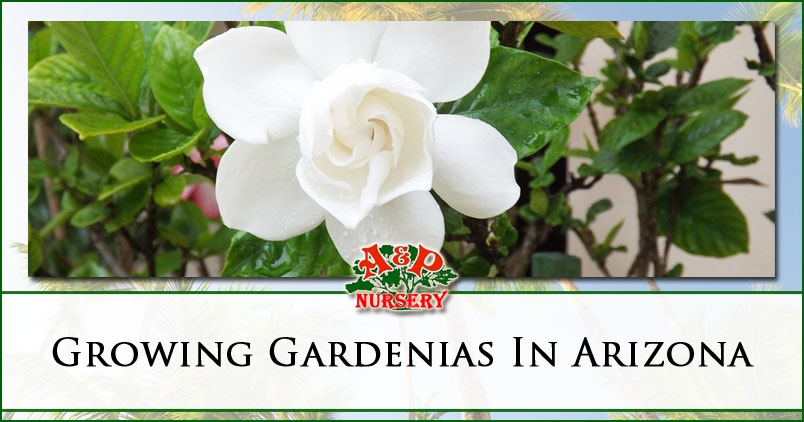If you’re searching for a guide to how to water your vegetable garden, here it is! When it comes to watering the garden, there are all sorts of advice available, and it can become confusing for gardeners. However, the question “When should I be watering my vegetable garden?” has a correct answer. There are a few things to consider when determining the best time to water your vegetable garden, meaning there are two responses to this question.
To learn more, you can read up about it at Gardening Know How: Best Time to Water Plants – When Should I Water My Vegetable Garden?
Watering Your Vegetable Plants – Morning
Early morning is the best possible time to water your plants, while temperatures are still cool. This allows water to soak into soil, reaching the plant’s roots while reducing the amount of water loss from evaporation. In addition, watering during early morning provides plants with a longer water source throughout the day, enabling plants to handle hotter temperatures of the day from sunlight.
One common gardening myth is that early morning watering can result in plants becoming scorched. This isn’t true. First, most regions of the world will not have enough sun to result in water scorching plants. Secondly, even in regions with intense sunlight, water droplets evaporate way before to causing scorching.
Because work schedules can sometimes hinder early morning watering, watering plants in the afternoon is the second-best option. Watering in the late afternoon or evening is the second-best time to water your vegetable garden. When watering in late afternoon, most of the heat from the day should be past, but the plants could still be dried before night time when temperatures are high. Also, watering during this time of day reduces the water evaporation, allowing plants many hours with no sun to take in the water.
When watering in the late afternoon, one thing to be cautious about is that leaves have time to dry prior to night fall. Damp leaves at night increase fungus growth risks, such as sooty mold or mildew. These can harm the plants. When using a soaker or drip irrigation system, watering up until night fall can be done, as leaves will not get wet with this method.
How Much Water Do My Vegetable Plants Need?
Generally, a good rule of thumb is to provide plants with one inch of water weekly, either by watering or rain. However, in more arid climates this amount should be doubled. Meanwhile, in warmer weather, vegetable plants require more water, roughly half an inch more water weekly for every 10 degrees above 60 degrees. So, in 90 degrees plants require 1 inch, plus 1.5 inches for a total of 2.5 inches weekly.
Typically, the average daytime temperature highs, and the night time lows is divided by 2. Therefore, with a high of 95 degrees, and a low of 73 degrees, to get the average add 95 + 73 (168) divided by 2, equaling 84. Thus, your garden will require at least one more inch of water. Because of this formula, many vegetable gardeners within hotter climates often laugh about 1 inch of water per week being the recommended amount.
For plants such as eggplants, squash, tomatoes and others requiring more water with leaves that easily wilt, the one-inch suggestion is often considered an underestimate.
To gauge the amount of watering, you can use a rain gauge or plastic container that will catch water from the sprinkler or watering source used. When the container or gauge collects 1-inch of water, or the needed amount based on the above formula, you have successfully provided enough water.
You may also like:
Growing a Vegetable Garden in Arizona
East Phoenix Valley Nursery
If you’re looking for the best vegetables and herbs to grow in the valley, A&P Nursery has the plants, potting soil, fertilizers, and gardening tools you need. Our friendly and knowledgeable team can help you achieve virtually any gardening goal.
A & P Nursery
40370 N. Gantzel Rd.
Queen Creek, AZ 85240
480-655-5789
A & P Nursery
2645 W. Baseline Rd.
Mesa, Arizona 85202
480-839-5362
A & P Nursery
6129 E. Brown Rd.
Mesa, Arizona 85205
480-396-8800
A & P Nursery &
Lawnmower Shop
2601 E. Baseline Rd.
Gilbert, Arizona 85234
480-892-7939

